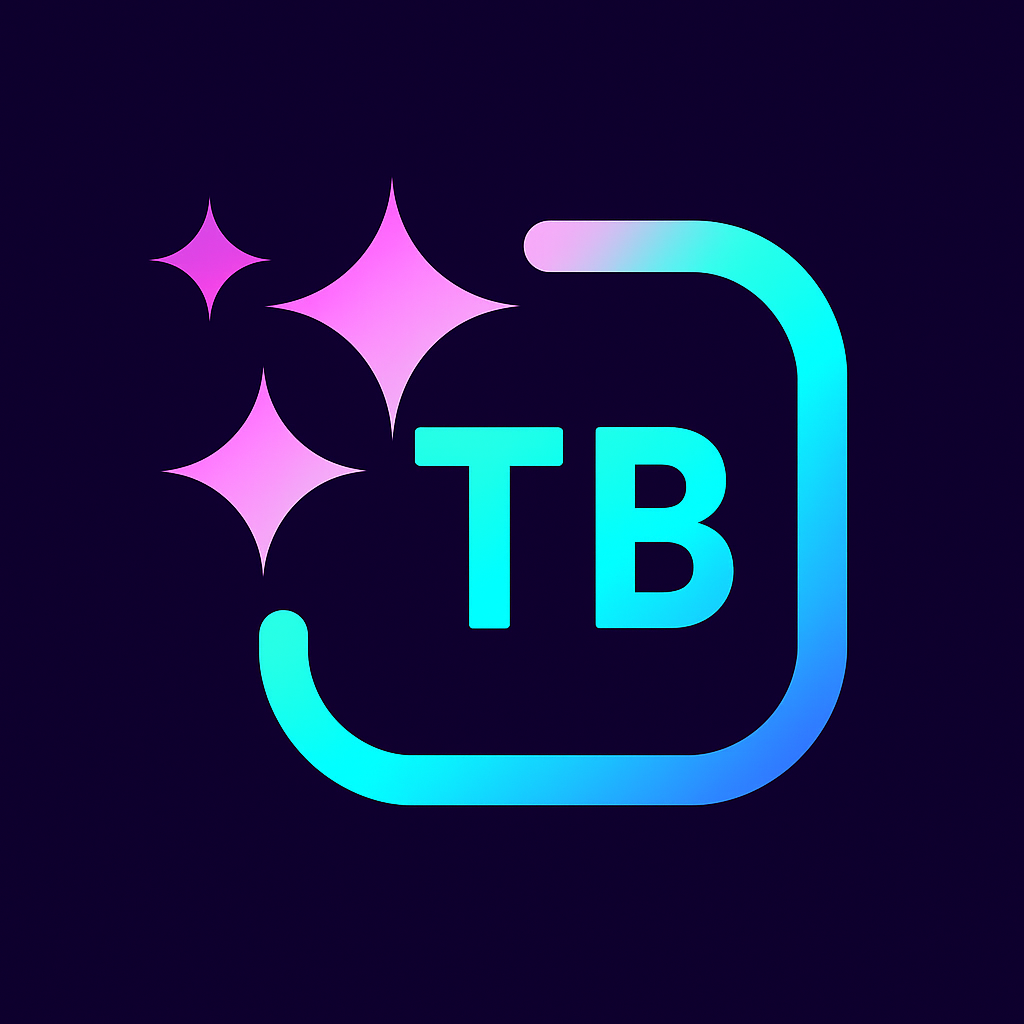Understanding Natural Language Processing (NLP)

What is Natural Language Processing (NLP)?
Natural Language Processing (NLP) is a subfield of Artificial Intelligence (AI) that focuses on the interaction between computers and humans through natural language. The ultimate objective of NLP is to read, decipher, understand, and make sense of human languages in a manner that is valuable.
Core NLP Tasks
NLP involves a variety of tasks, including:
- Tokenization: Breaking down text into individual words or sentences.
- Part-of-Speech (POS) Tagging: Identifying the grammatical parts of speech for each word (e.g., noun, verb, adjective).
- Named Entity Recognition (NER): Locating and classifying named entities in text into pre-defined categories such as persons, organizations, locations.
- Sentiment Analysis: Determining the emotional tone behind a series of words, used to gain an understanding of attitudes, opinions, and emotions.
- Machine Translation: Automatically translating text from one language to another.
- Text Summarization: Generating a concise summary of a longer text.
- Question Answering: Providing answers to questions posed in natural language.
How Does NLP Work?
NLP combines computational linguistics—rule-based modeling of human language—with statistical, machine learning, and deep learning models. These technologies enable computers to process human language in the form of text or voice data and to ‘understand’ its full meaning, complete with the speaker’s or writer’s intent and sentiment.
Real-World Applications of NLP
NLP is everywhere:
- Spam Filters: Email services use NLP to detect and filter out spam.
- Virtual Assistants: Siri, Alexa, and Google Assistant use NLP to understand voice commands.
- Search Engines: Google uses NLP to understand query intent and provide relevant results.
- Chatbots: Customer service chatbots use NLP to interact with users.
- Language Translation Tools: Google Translate uses NLP for translation.
The Future of NLP
NLP is a rapidly evolving field. Advances in deep learning, particularly transformer models (like BERT and GPT), have significantly improved the performance of NLP systems. The future will likely see even more sophisticated applications that can understand nuance, context, and even unspoken implications in human language.
Conclusion
NLP is a cornerstone of modern AI, bridging the gap between human communication and computer understanding. As it continues to advance, its impact on how we interact with technology and information will only grow.
